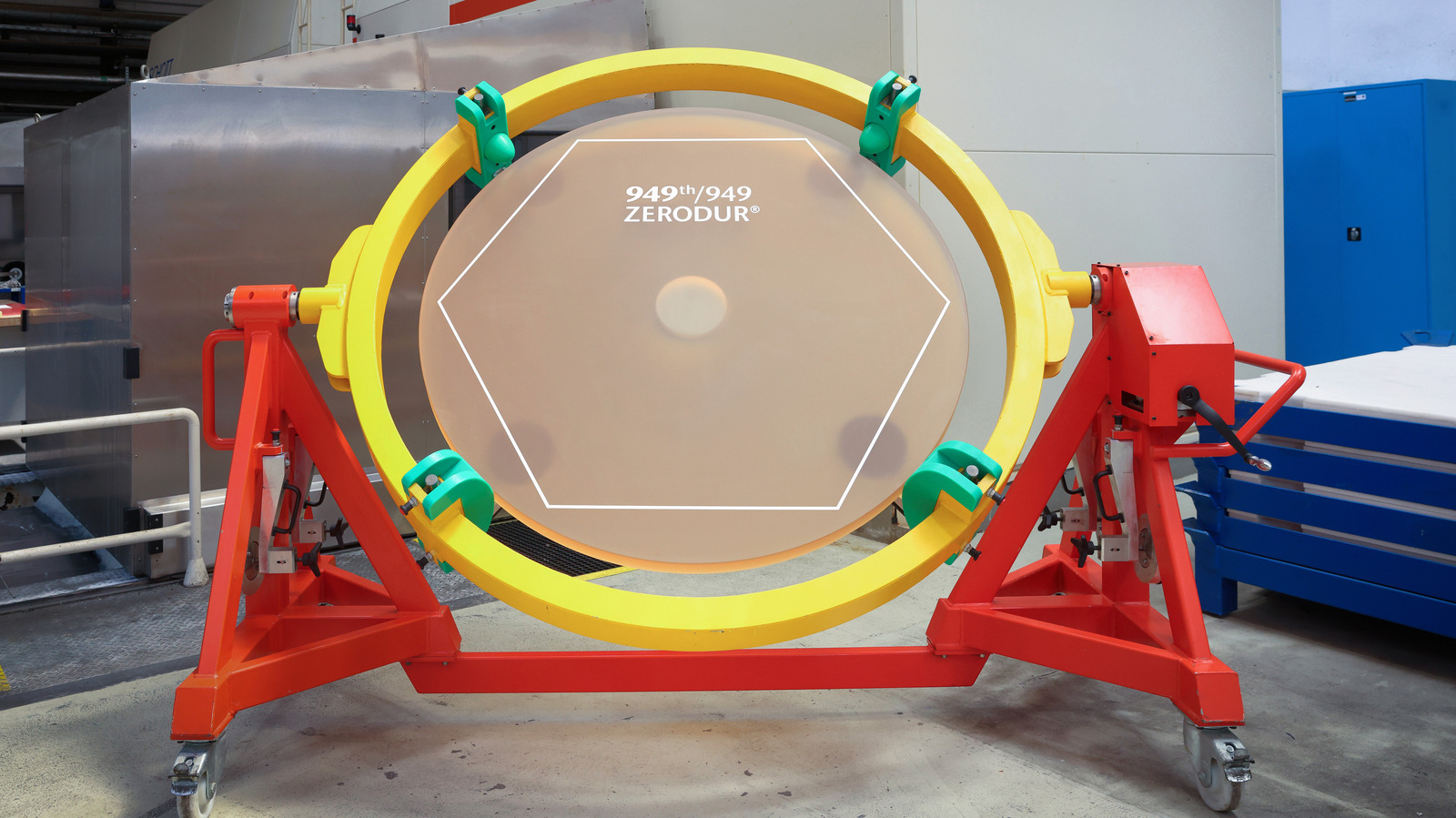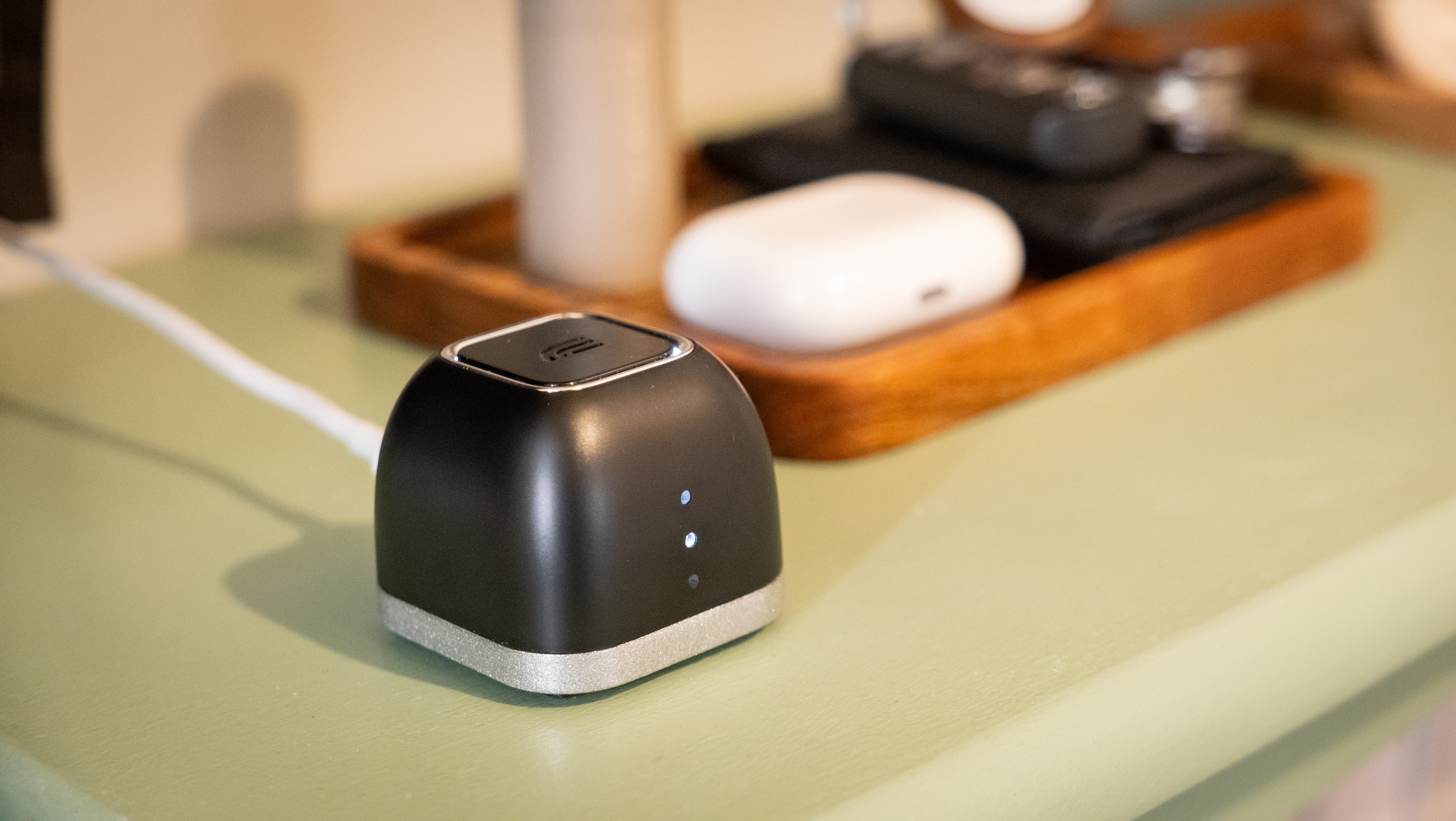The new Final Cut Pro hooked me on iPad video editing
For the past two weeks, I’ve been editing in the newest version of Final Cut Pro for the iPad. For many professionals, the original release of this app last year missed the mark. Its tools have just been too limited to use on a daily basis. The new version doesn’t necessarily change that — but despite my many frustrations, I’m finally discovering the joy of using it. The new version of the app, confusingly named “Final Cut Pro for iPad 2” (it is for all current iPads, not the iPad 2), came out this week. And perhaps the biggest new feature in this year’s release isn’t entirely a Final Cut Pro feature: it’s a brand-new app that integrates with it. The new Final Cut Camera is a standalone app for your iPhone that offers advanced camera controls. If you’ve seen the Blackmagic app or the recently released Kino app, you’ll know what to expect: peaking, manual focusing, and audio metering. You just won’t be able to add custom LUTs like you can in the other two. The Final Cut Camera app can be used in unison with Final Cut Pro on the iPad to record Live Multicam sessions with footage streaming in from up to four iPhones or iPads. In Final Cut on the iPad, you assume the role of director. You can monitor footage coming from iPhones, zoom in, and change the white balance, focus mode, and more on the fly. I can see this new feature being particularly popular for video podcasts. Final Cut Camera is telling me all that red stuff is way too overexposed and I should adjust my backgrounds. The previews you’re seeing are compressed, but they still look great. Once you stop the recording session, the full-quality files get transferred over to the iPad running Final Cut Pro and rendered. The whole process is a lot faster than I anticipated. My 10-minute session with three iPhones was available for editing minutes later. A new transfer indicator window on the top of the UI shows you the progress. There’s one upgrade I’d love to see for this feature in the future: live editing. Currently, you’ll still need to end the recording first before syncing up all files and jumping into the edit. Multicam support is a great new feature, but it contrasts with how little else Apple has done to improve the Final Cut Pro for iPad experience. The standout feature in this year’s update is external hard drive support. That’s important — this feature was oddly absent last year. But its addition instantly reminded me of how poorly Final Cut Pro for iPad (and iPadOS) handles file management. All of your media files have to live within the FCP Library files, and that same library file has to be stored on either the internal or external drive. That means you can’t split your media across multiple drives or cloud storage. One side effect of this method is that it means you’re just constantly duplicating files from one place to another. The M4 iPad Pro comes with support for Thunderbolt 3 and USB 4 connectivity. And there are other issues that haven’t changed from last year. For example, you still can’t import complete folders into Final Cut Pro, just individual files. And once they’re imported, you still can’t organize the files into separate folders or bins like “A-roll,” “B-roll,” “Music,” or “Graphics.” Another new feature that’s unique to the iPad version of Final Cut Pro is Live Drawings. Using an Apple Pencil, you can draw animations directly onto your clips. Apple’s latest Pencil Pro tricks are supported here, but aside from that, there’s not much to do with the Pencil Pro itself. I wish there was a way to program the haptic squeeze to do something more on the editing front — maybe selecting multiple clips while hovering, or just make it a right-click. I feel like that would be useful and would speed up working with a pencil. There are still a lot of serious video editing features that I’m waiting on Apple to add: compound clips, folders, adjustment layers, post stabilization, coloring tools like curves, project sharing between machines, the ability to add new LUTs, 360 video support, object tracking, linear keyframes — the list goes on and on. If you read my review from last year, you’ll find the exact same list there. All of those missing things really catch you off guard when you are in the flow. Ultimately, I found myself making creative decisions based on bad software limitations. Meanwhile, the market for mobile video editing apps is more competitive than ever. CapCut has been extremely popular among TikTokers. “Why I’m switching to DaVinci” videos are all over my YouTube feed. And folks still stan the OG iPad app Lumafusion. In fact, three of the features I desperately need are already on the DaVinci’s iPad app. The M4 iPad Pro running Final Cut Pro for iPad 2.But even after trying all of the other apps I just listed and even with all my frustration with the missing features, I keep coming back to Final Cut on the iPad. Because there is one thing Apple is doing right here, and that’s the overall experience. Apple calls th
/cdn.vox-cdn.com/uploads/chorus_asset/file/25500699/DSCF7644.jpg)

For the past two weeks, I’ve been editing in the newest version of Final Cut Pro for the iPad. For many professionals, the original release of this app last year missed the mark. Its tools have just been too limited to use on a daily basis. The new version doesn’t necessarily change that — but despite my many frustrations, I’m finally discovering the joy of using it.
The new version of the app, confusingly named “Final Cut Pro for iPad 2” (it is for all current iPads, not the iPad 2), came out this week. And perhaps the biggest new feature in this year’s release isn’t entirely a Final Cut Pro feature: it’s a brand-new app that integrates with it.
The new Final Cut Camera is a standalone app for your iPhone that offers advanced camera controls. If you’ve seen the Blackmagic app or the recently released Kino app, you’ll know what to expect: peaking, manual focusing, and audio metering. You just won’t be able to add custom LUTs like you can in the other two.
The Final Cut Camera app can be used in unison with Final Cut Pro on the iPad to record Live Multicam sessions with footage streaming in from up to four iPhones or iPads. In Final Cut on the iPad, you assume the role of director. You can monitor footage coming from iPhones, zoom in, and change the white balance, focus mode, and more on the fly. I can see this new feature being particularly popular for video podcasts.
/cdn.vox-cdn.com/uploads/chorus_asset/file/25500667/IMG_3652.PNG)
The previews you’re seeing are compressed, but they still look great. Once you stop the recording session, the full-quality files get transferred over to the iPad running Final Cut Pro and rendered. The whole process is a lot faster than I anticipated. My 10-minute session with three iPhones was available for editing minutes later. A new transfer indicator window on the top of the UI shows you the progress.
There’s one upgrade I’d love to see for this feature in the future: live editing. Currently, you’ll still need to end the recording first before syncing up all files and jumping into the edit.
Multicam support is a great new feature, but it contrasts with how little else Apple has done to improve the Final Cut Pro for iPad experience. The standout feature in this year’s update is external hard drive support. That’s important — this feature was oddly absent last year. But its addition instantly reminded me of how poorly Final Cut Pro for iPad (and iPadOS) handles file management.
All of your media files have to live within the FCP Library files, and that same library file has to be stored on either the internal or external drive. That means you can’t split your media across multiple drives or cloud storage. One side effect of this method is that it means you’re just constantly duplicating files from one place to another.
/cdn.vox-cdn.com/uploads/chorus_asset/file/25500691/Sequence_01_Copy_01.00_04_13_04.Still025.jpg)
And there are other issues that haven’t changed from last year. For example, you still can’t import complete folders into Final Cut Pro, just individual files. And once they’re imported, you still can’t organize the files into separate folders or bins like “A-roll,” “B-roll,” “Music,” or “Graphics.”
Another new feature that’s unique to the iPad version of Final Cut Pro is Live Drawings. Using an Apple Pencil, you can draw animations directly onto your clips. Apple’s latest Pencil Pro tricks are supported here, but aside from that, there’s not much to do with the Pencil Pro itself. I wish there was a way to program the haptic squeeze to do something more on the editing front — maybe selecting multiple clips while hovering, or just make it a right-click. I feel like that would be useful and would speed up working with a pencil.
There are still a lot of serious video editing features that I’m waiting on Apple to add: compound clips, folders, adjustment layers, post stabilization, coloring tools like curves, project sharing between machines, the ability to add new LUTs, 360 video support, object tracking, linear keyframes — the list goes on and on. If you read my review from last year, you’ll find the exact same list there.
All of those missing things really catch you off guard when you are in the flow. Ultimately, I found myself making creative decisions based on bad software limitations.
Meanwhile, the market for mobile video editing apps is more competitive than ever. CapCut has been extremely popular among TikTokers. “Why I’m switching to DaVinci” videos are all over my YouTube feed. And folks still stan the OG iPad app Lumafusion. In fact, three of the features I desperately need are already on the DaVinci’s iPad app.
/cdn.vox-cdn.com/uploads/chorus_asset/file/25500699/DSCF7644.jpg)
But even after trying all of the other apps I just listed and even with all my frustration with the missing features, I keep coming back to Final Cut on the iPad. Because there is one thing Apple is doing right here, and that’s the overall experience.
Apple calls this a “touch-first” app, and I finally understand what that means. Once you’re past the learning curve and once you get a hang of the controls and once you’re aware of its limitations, you start to actually enjoy it and have fun. Apple isn’t trying to replicate the Final Cut desktop experience — it’s building toward a new one. And you can see in the way you interact with the jog wheel and the way that the sidebar comes in so you can edit with your left hand.
I found that using the Final Cut Pro with my hands is by far the most immersive way to edit. It’s all right there at your fingertips, literally. There is something about this more tangible approach that I’m starting to find charming, even if it’s not as efficient as a mouse and keyboard.
If Apple can check off those easy wins, then its vision of a capable and touch-first Final Cut Pro could really thrive.
Photography by Vjeran Pavic / The Verge
What's Your Reaction?



































